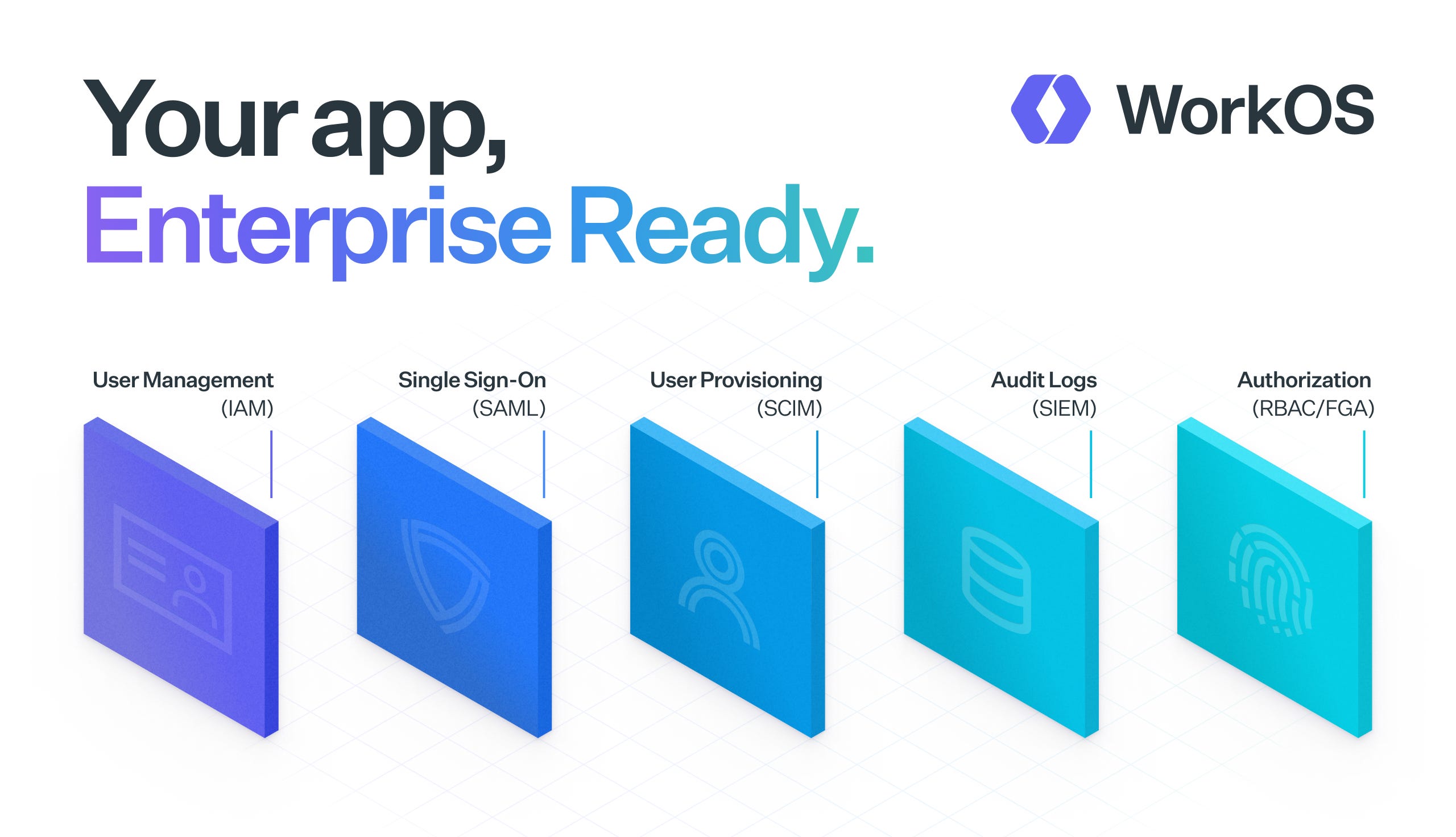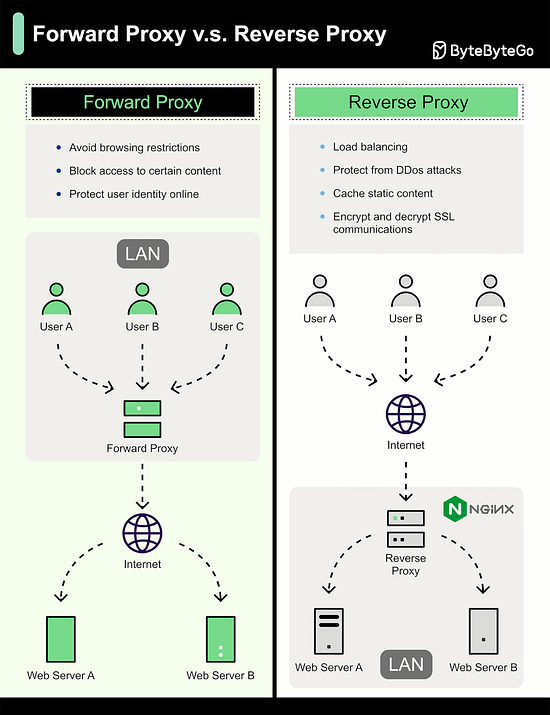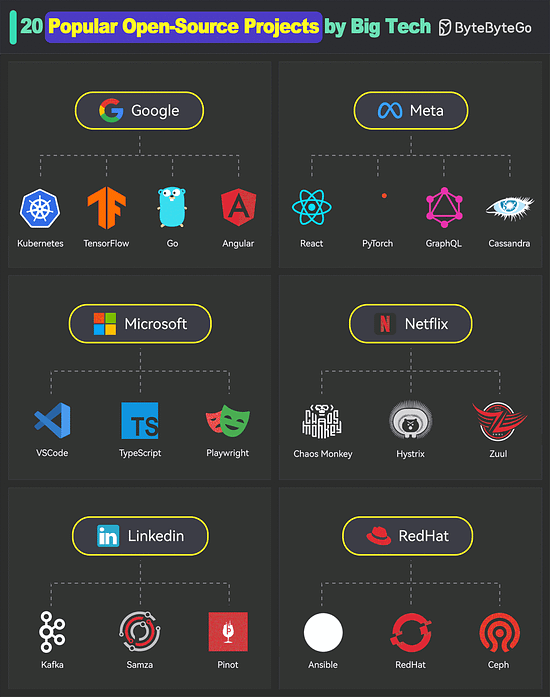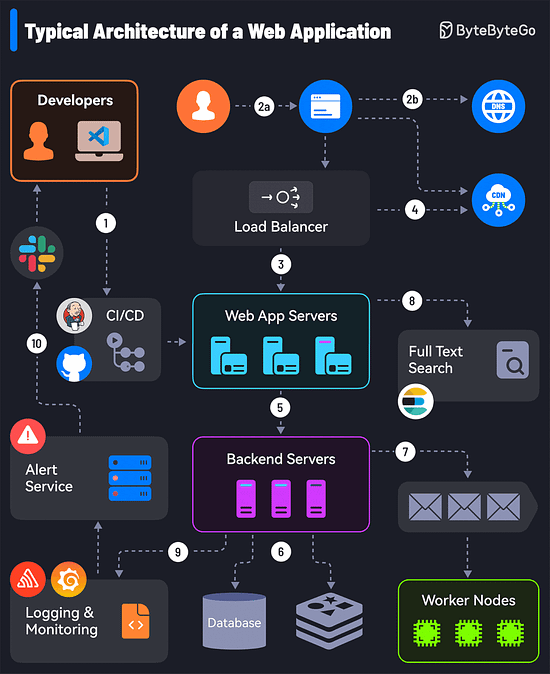- Mailing Lists
- in
- EP137: Proxy vs Reverse Proxy
Archives
- By thread 5000
-
By date
- June 2021 10
- July 2021 6
- August 2021 20
- September 2021 21
- October 2021 48
- November 2021 40
- December 2021 23
- January 2022 46
- February 2022 80
- March 2022 109
- April 2022 100
- May 2022 97
- June 2022 105
- July 2022 82
- August 2022 95
- September 2022 103
- October 2022 117
- November 2022 115
- December 2022 102
- January 2023 88
- February 2023 90
- March 2023 116
- April 2023 97
- May 2023 159
- June 2023 145
- July 2023 120
- August 2023 90
- September 2023 102
- October 2023 106
- November 2023 100
- December 2023 74
- January 2024 75
- February 2024 75
- March 2024 78
- April 2024 74
- May 2024 108
- June 2024 98
- July 2024 116
- August 2024 134
- September 2024 130
- October 2024 141
- November 2024 171
- December 2024 115
- January 2025 216
- February 2025 140
- March 2025 220
- April 2025 233
- May 2025 239
- June 2025 112
EP137: Proxy vs Reverse Proxy
EP137: Proxy vs Reverse Proxy
WorkOS: Your app, Enterprise Ready. (Sponsored)WorkOS is a modern identity platform for B2B SaaS. → A complete user management solution along with SSO, Directory Sync (SCIM), and Fine-Grained Authorization (FGA). Ship SSO and SCIM this afternoon This week’s system design refresher:
How SSH Really Works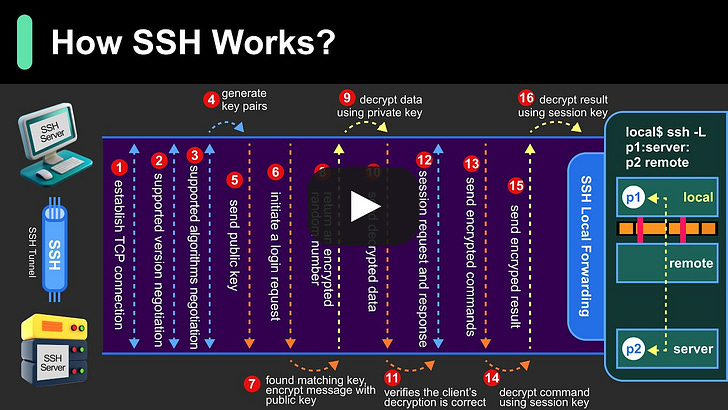 Proxy Vs reverse proxyA forward proxy is a server that sits between user devices and the internet. A forward proxy is commonly used for:
A reverse proxy is a server that accepts a request from the client, forwards the request to web servers, and returns the results to the client as if the proxy server had processed the request. A reverse proxy is good for:
🚀pgai Vectorizer - Automate embeddings for search and RAG, all within PostgreSQL (Sponsored)Launch Alert: pgai Vectorizer automates embedding creation in PostgreSQL, keeping your embeddings up to date as your data changes—no manual syncing required. You can also test models, switch seamlessly, and manage everything with SQL. Available free on GitHub or fully managed in Timescale Cloud. 20 Popular Open Source Projects Started or Supported By Big Companies
Over to you: Which other project would you add to the list? 10 Essential Components of a Production Web Application
Over to you: What other components would you add to the architecture of a production web app? SPONSOR USGet your product in front of more than 1,000,000 tech professionals. Our newsletter puts your products and services directly in front of an audience that matters - hundreds of thousands of engineering leaders and senior engineers - who have influence over significant tech decisions and big purchases. Space Fills Up Fast - Reserve Today Ad spots typically sell out about 4 weeks in advance. To ensure your ad reaches this influential audience, reserve your space now by emailing sponsorship@bytebytego.com © 2024 ByteByteGo |
by "ByteByteGo" <bytebytego@substack.com> - 11:37 - 9 Nov 2024
